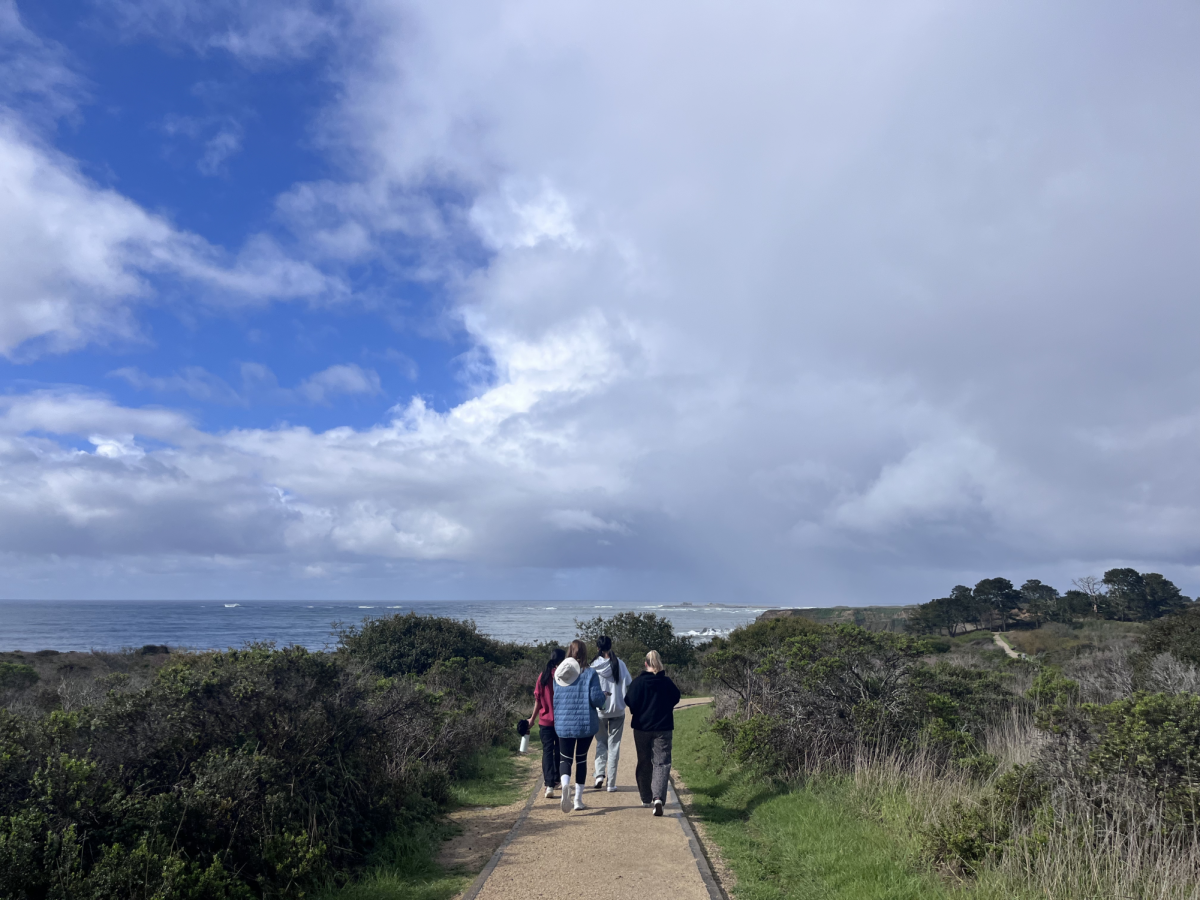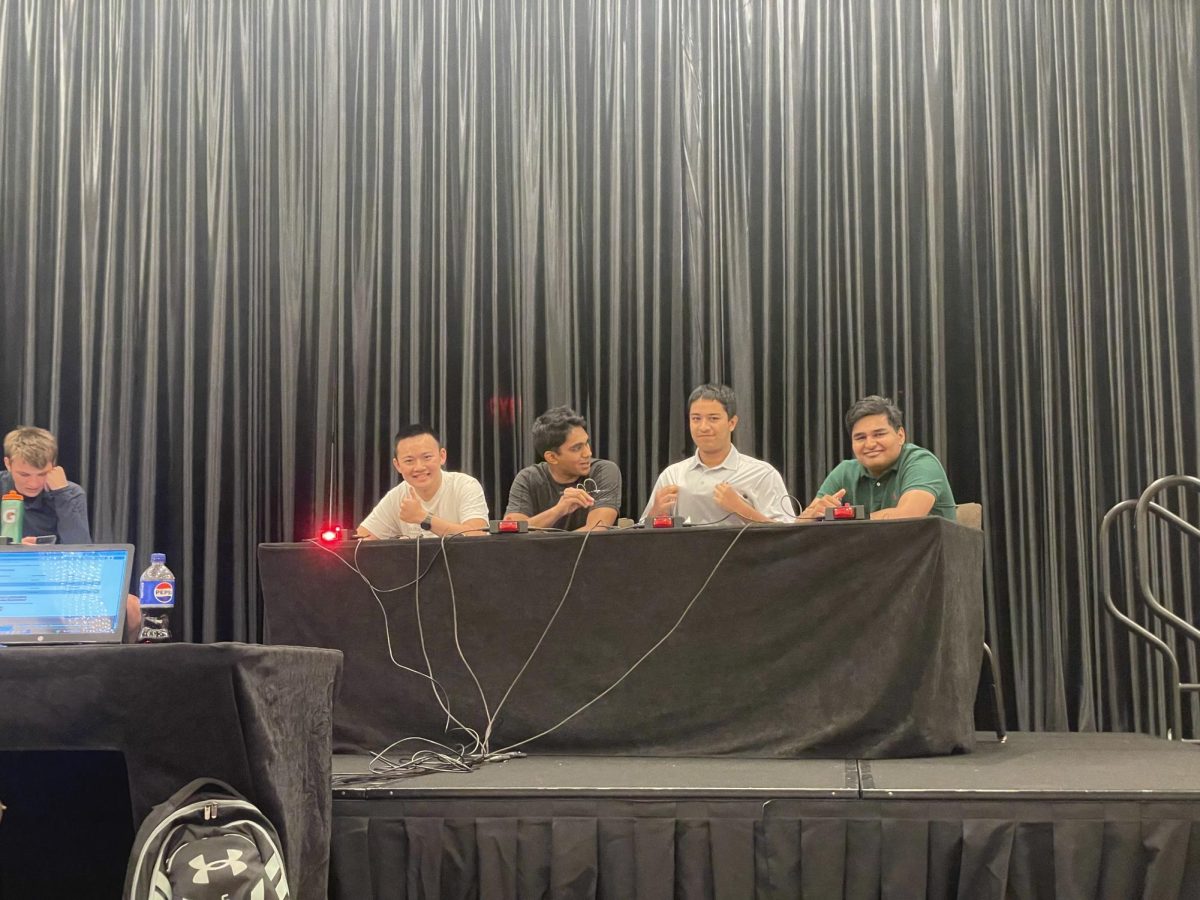At a typical Model UN conference, dozens of students wearing formal attire set up stands to debate public policy and propose solutions for ongoing international issues like refugee crises, waste management and women’s rights. Some shout, trying to garner attention for the country they represent, while others take notes and plan out which nations they want to work with as judges walk around and rank delegates on their performances.
The school’s Model UN Club aims to host an experience like this for local schools on March 26 — the first time the group has done so.
“We are inviting nearby public schools like Lynbrook and Monta Vista and having four committees ranging from around 20 to 40 people per committee,” said sophomore Anushka Tadikonda, the secretary of Model UN.
In the past, Model UN had participated in more than five conferences at both the high school and college levels at Lynbrook, UC Berkeley and UC Davis during the 2021-22 school year. They also attended the Stanford Model UN Conference last November.
However, planning and hosting an event themselves is proving difficult. While they originally intended to host the conference on Feb. 12, the club had to reschedule their plans due to The Super Bowl, which took place on the same weekend. Beyond that, it was difficult to stand out among other competing groups who were also hosting Model UN conferences.
“Since we don’t have a reputation, it’s hard to garner the attention of schools in the area, especially because right now is Model UN competition season,” Tadikonda said. “Around this time, there are already other reputable conferences such as Santa Clara Valley MUN, Leigh MUN, San Francisco MUN and Bay Area MUN.”
In a Model UN conference, there are typically two to three chairs per committee who moderate the discussions, push the debates forward and judge contestants.
As hosts of the upcoming Saratoga conference, Model UN officers senior Shaan Sridhar, junior Sanjoli Gupta, sophomore Will Norwood and Tadikonda will partner with Gunn High School Model UN officers to serve as the chairs of the committees.
With a large difference in the number of chairs to delegates and the lack of a rigid rubric for evaluating performances, Tadikonda anticipates having a lot to learn for her first time as a chair.
“I’ve never [been a chair before], but I feel like it’s going to be more fun because you’re not competing with anyone and you don’t have your eye on the prize anymore,” Tadikonda said. “However, I think it comes with its own set of difficulties. It’s hard to evaluate delegates because it’s easy to be biased by one good speech or one good proposition, since we have to judge based on how good their performance was as a whole throughout the conference.”
One of the most interesting and memorable propositions Tadikonda had heard before was during her Stanford MUN conference, where the presenter talked about how cryptocurrency and blockchain were being used for food banks internationally. They wanted to implement that concept to the entire United Nations, using blockchain as a foundation for tracking exchanges through countries to the UN.
“I think [Model UN] is a great place where not only can you hone down on negotiation and diplomacy skills, but you can also learn a lot more about foreign affairs and different topics that happen around the world,” Tadikonda said.




























